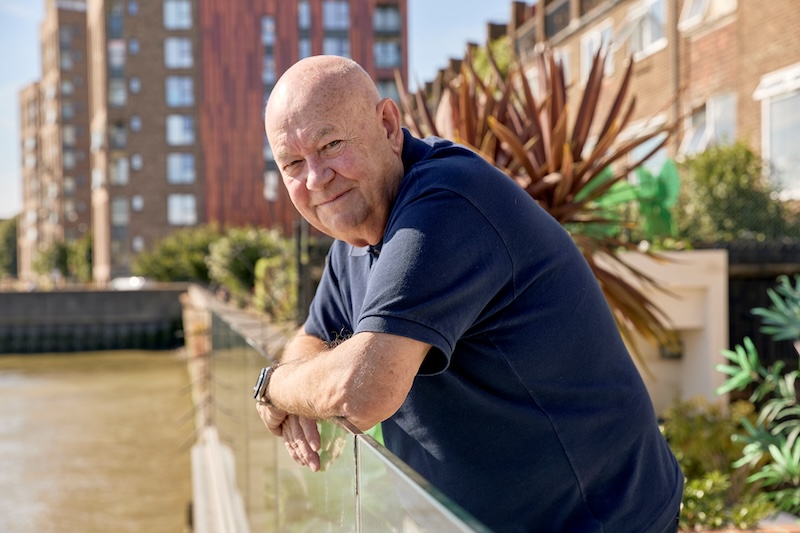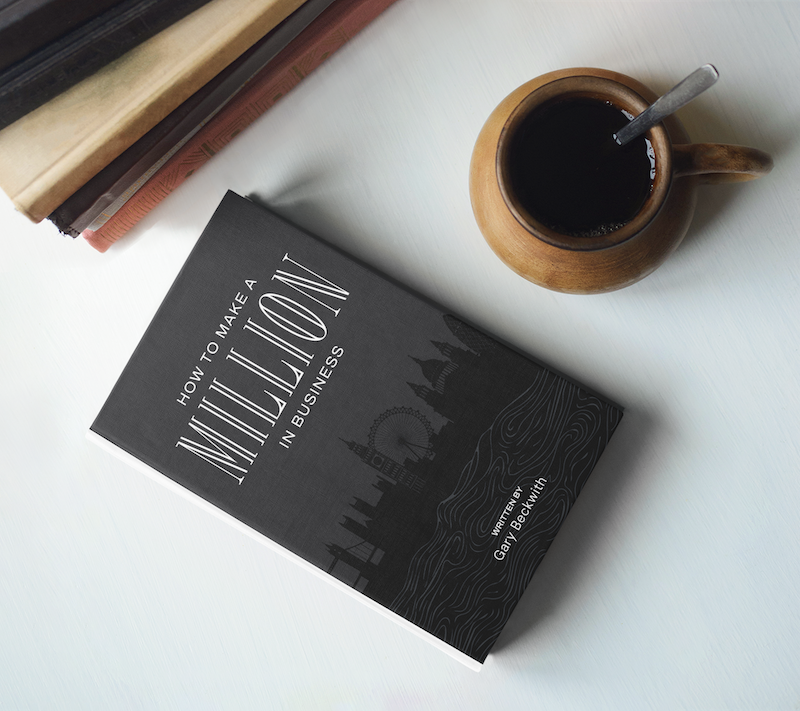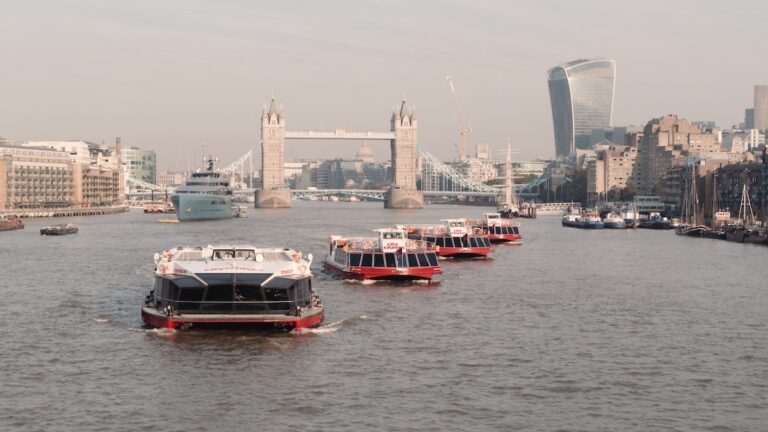Twenty years ago, shopping on the high street was part of our weekly routines. You could pop into Wilkinsons for a tin of paint, swing past Woolworths for some pick and mix, and dive into HMV for that new album before posting back your Blockbuster DVD.
Now, you rarely have to leave your bathtub for any of that. I guess that’s partly why these ‘household names’ will one day fade from memory.
To many people, it must have seemed like one minute they were thriving brands, and the next, they just fell apart. Or perhaps they had a rough few years behind the scenes in the face of what we see now as an inevitable decline.
But I suspect their demise may have started a generation or two earlier. Succession planning is a part of business  that not enough people talk about. Who was the first person in the company’s upper echelons underqualified for their position? You don’t get to this stage of collapse without a decade of knowing it’s coming. What was their graph telling them? The first time their line stopped, levelled out and came down, what did they do? Did anyone say, “How do we get out of this mess? Why have we got stores in these locations? How do we fix it?”
that not enough people talk about. Who was the first person in the company’s upper echelons underqualified for their position? You don’t get to this stage of collapse without a decade of knowing it’s coming. What was their graph telling them? The first time their line stopped, levelled out and came down, what did they do? Did anyone say, “How do we get out of this mess? Why have we got stores in these locations? How do we fix it?”
Blockbuster famously turned down the chance to buy Netflix for $50 million (It’s now worth over 380 billion). Meanwhile, many other retail giants were paying exorbitant rents and rates on long leases. They chose to dig in on the high street while their competitors were transitioning online. Why were they so resistant to change?
Of course, you can blame shifts in consumer behaviour if you want. Blame Amazon. Blame streaming platforms. Blame the CEO who didn’t act quickly enough or lacked the vision to see what was coming. But who put that CEO in place? Who trained them? Who didn’t spot Amazon when it launched in 1994 or by the end of the decade when it was the world’s largest online retailer? What we can learn from the rise and fall of these retail giants is that if you want to leave any sort of legacy as a business, you need to think about succession planning as early as possible. Train your people. And if “your people” are also “your family,” train them even more because if they don’t earn it, they’ll never escape your shadow.
By the time my son Matthew was on the board at City Cruises, he was 25 years old, but he’d been working in the business since he was 12. He’d been in almost every department and had interacted with all of our 500 staff. Matthew was being trained to become CEO long before he even knew it. As fate would have it, we sold the business to another organisation just as Matthew was ready to step into my shoes. But the company now had the backing for expansion, and Matthew had the experience and the capital to choose any future he wanted.
That’s a different type of legacy. One that you can only dream of when you first set out with your big idea and your little book of contacts.
My advice to anyone hoping to succeed in business is to learn from the lessons around you. 
When you step away from the operation, whether passing it on to family, new management, or new owners, you want it to be in the healthiest position it can be. Not just tomorrow but 20 years from now. Because it’s no longer just your business; it’s your reputation, their future, and ultimately a legacy you’ll always be a part of.
Gary Beckwith is the Author of How to Make A Million in Business,
Gary Beckwith is a pioneer of the UK tourism industry and family business owner. He is the author of How To Make A Million In Business, which will be published on 25 March 2025. It documents his career from operating London’s first floating cash and carry to becoming the visionary founder and CEO of City Cruises PLC, the book offers a compelling and candid account of a family business owner who shaped the future of the UK’s tourism industry.

